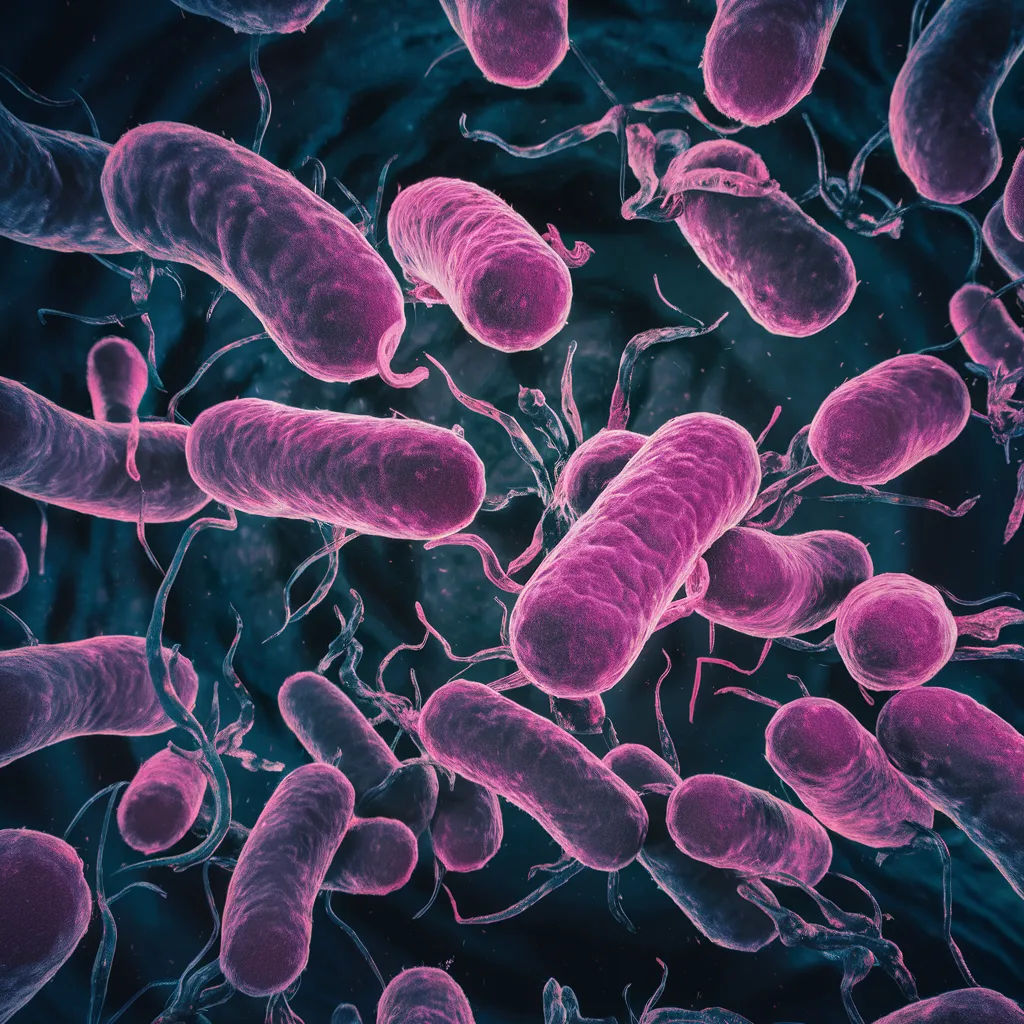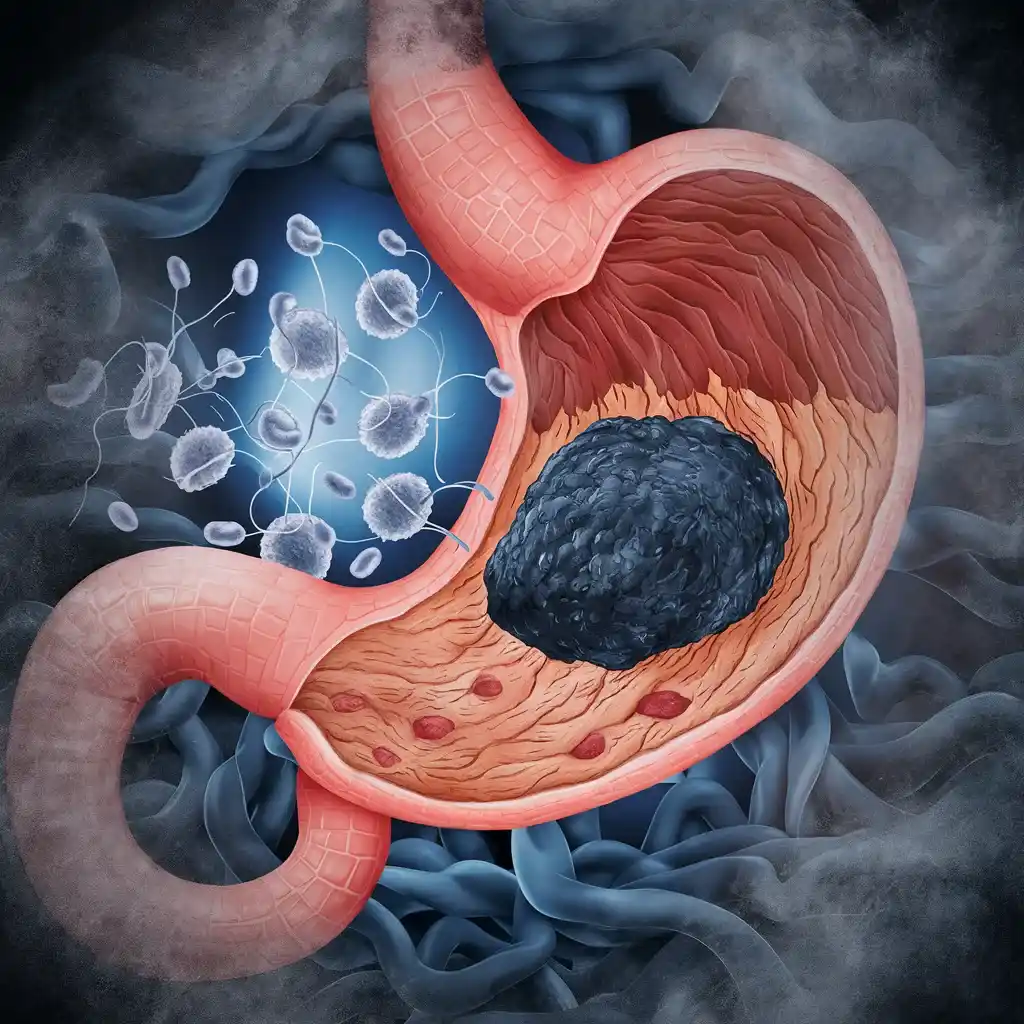Helicobacter pylori (H. pylori) is a Gram-negative, microaerophilic bacterium commonly found in the stomach. It is associated with various gastrointestinal diseases, such as peptic ulcers and gastric cancer. Biochemical tests are crucial for identifying H. pylori
Table of Contents
What is Helicobacter pylori (H. pylori) ?
Helicobacter pylori (H. pylori) is a Gram-negative, spiral-shaped bacterium that lives in the human stomach. H. pylori was discovered in 1982 by Australian scientists Barry Marshall and Robin Warren. It is renowned for its role in a variety of gastrointestinal illnesses. Helicobacter pylori (H. pylori) is a Gram-negative, spiral-shaped, microaerophilic bacteria that lives largely in the human stomach and is linked to a variety of gastrointestinal disorders, including chronic gastritis, peptic ulcers, and gastric cancer

Characteristics of H. pylori
Shape and structure:
H. pylori has a spiral shape (helical), which allows it to pierce the stomach’s mucous membrane.
Flagella: It contains many flagella that allow it to travel through the stomach’s mucous layer.
Gram-Negative:
H. pylori is categorized as Gram-negative because of its cell wall structure, which has an outer membrane that contains lipopolysaccharides.
Microaerophilic:
It requires little oxygen to survive, making it ideal for the environment of the human stomach.

Pathogenesis and Diseases
H. pylori is related with a number of gastrointestinal disorders, including:
Gastritis:
H. pylori infection causes inflammation of the stomach lining, resulting in symptoms such as stomach pain, nausea, and bloating.
Peptic ulcers:
H. pylori is a leading cause of peptic ulcers, which are open sores that form on the stomach’s inner lining or the upper portion of the small intestine. Bacteria erode the protective lining, making it more vulnerable to stomach acid.
Gastric Cancer:
Chronic H. pylori infection increases the risk of developing stomach cancer. The bacteria’s presence can cause long-term inflammation and alterations in the stomach lining, which may escalate to cancer.

MALT lymphoma:
H. pylori infection has been linked to mucosa-associated lymphoid tissue (MALT) lymphoma. a type of cancer that affects the immune tissue in the stomach lining.
Mechanisms of Infection and Survival
H. pylori has evolved many methods to live in the stomach’s acidic environment:
Urine production:
H. pylori produces a lot of urease, an enzyme that degrades urea into ammonia and carbon dioxide. Ammonia neutralizes stomach acid, resulting in a more conducive habitat for the bacteria.
Motility:
The bacterium’s helical form and flagella allow it to pass through the stomach’s mucus layer and stick to epithelial cells, avoiding being swept away by the stomach’s motions and acidic contents.
Adhesive Factors:
H. pylori develops a number of adhesins that allow it to bind to gastric epithelial cells and remain in the stomach.
Immune Evasion
H. pylori can avoid the human immune system by modifying its surface antigens and creating
Importance of H. pylori
H. pylori has a significant impact on global health due to its association with several gastrointestinal diseases. Understanding its mechanisms of infection, survival, and pathogenicity is crucial for developing effective treatments and management strategies. Despite its pathogenic potential, some studies suggest H. pylori may have co-evolved with humans and could play a role in regulating the immune system and gut microbiota, though these potential benefits are still under investigation.
Transmission
H. pylori is usually acquired in childhood and can be spread via:
Oral-Oral Route: Saliva, shared utensils, or oral contact.
Fecal-Oral Route: The fecal-oral route involves contaminated food, water, or inadequate hygiene standards.
Frequently Asked Question(FAQ)
What is Helicobacter pylori (H. pylori) ?
Helicobacter pylori (H. pylori) is a Gram-negative, spiral-shaped, microaerophilic bacteria that lives largely in the human stomach and is linked to a variety of gastrointestinal disorders, including chronic gastritis, peptic ulcers, and gastric cancer.
What are the Characteristics of H. pylori?
The Characteristics of H. pylori are:
1. Shape and structure
2. Gram-Negative
3. MALT lymphoma
Related Article

